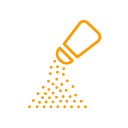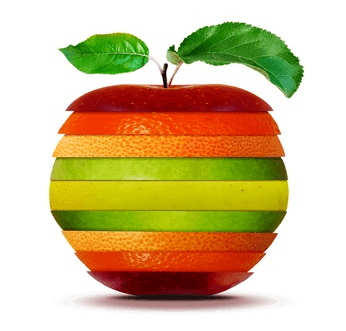
In a nutshell
Key sources:





Table salt





Cheese





Milk





Vegetables
Essential for:





Blood





Nervous system





Muscles
Sodium (Na)
Sodium is most commonly found in the human diet as sodium chloride or regular table salt. This is formed when sodium combines with chlorine. Sodium is an elemental mineral that is a metal in its natural form.
Sodium is only needed in small amounts to provide health benefits. Sodium is an electrolyte, helping to maintain a proper balance of fluid within cells. This nutrient is also vital for nerve signals and impulses as well as for muscle functioning by way of contractions and relaxation.
Sodium deficiency
It is rare to be deficient in sodium. Sodium is naturally present in many foods and widely used in processed foods in the form of salt. However, low blood sodium, or hyponatremia, may occur with excessive loss of fluids through vomiting, diarrhea, and even profuse sweating. Deficiency may result in:
• Nausea and vomiting;
• Muscle spasms, cramps, or weakness;
• Headache;
• Lethargy and fatigue;
• Confusion;
• Loss of appetite;
• Seizures;
• Coma;
• Death.
Overdose and Toxicity Symptoms
Sodium overdose may be a result of salt over-consumption, with symptoms that include:
• Muscle twitching and tremors;
• Fluid build-up around organs;
• Irritability;
• Altered mental states;
• High blood pressure;
• Excessive thirst;
• Ruptured blood vessels in the brain;
• Coma;
• Death.
Maximum Recommended Allowance
Guidelines for sodium intake recommend no more than 2,300 mg/day of this mineral - it is equivalent of one teaspoon of table salt. Most individuals do not need any more than 1,500 mg/day for proper health.
Sources of sodium
• 1 ounce of provolone cheese: 48 mg;
• 1 egg: 59 mg;
• 3 ounces baked flounder: 201 mg;
All fruits and vegetables have small amounts of sodium. All sources may quickly add up to the maximum recommended allowance.
